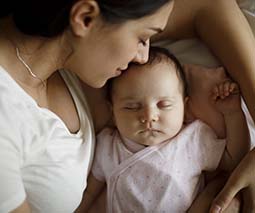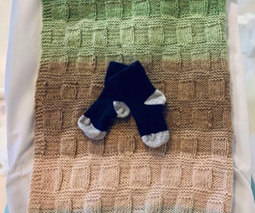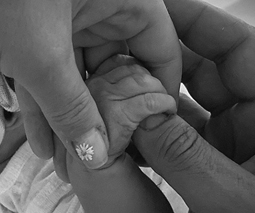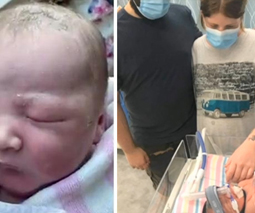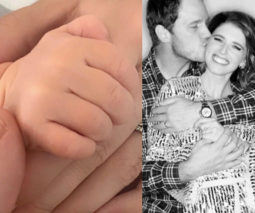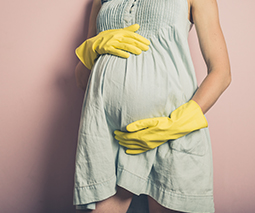Home births now considered safe for low risk pregnancies
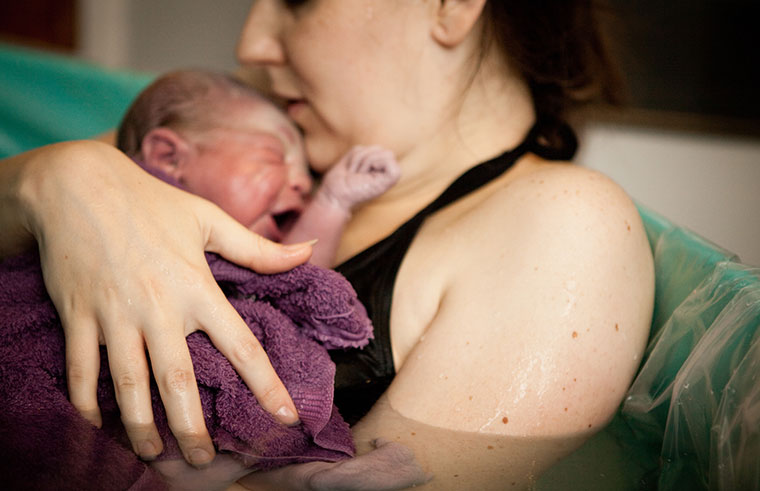
Although more women are opting to give birth in the comfort and security of their own homes, little research has been done on their safety in comparison to those birthing at hospital. However, a recent study shows that there is, in fact, no more danger for women with low-risk pregnancies giving birth at home than there is at a hospital, either during the birth or up to four weeks later.
First large-scale study
A large international study, the first of its kind, was led by McMaster University in Canada and used data from 21 studies published since 1990, comparing home and hospital birth outcomes in Sweden, New Zealand, England, Netherlands, Japan, Australia, Canada and the U.S.A.
From these eight countries, the outcomes from approximately 500,000 births that were planned to take place at home were compared to a similar number of births intended for hospital.
Good news for home births
The study results, which were published by The Lancet‘s EClinical Medicine journal, revealed that low-risk pregnant women wanting to give birth at home have no increased chance of the baby’s perinatal or neonatal death compared to other low-risk women choosing to birth their babies in a hospital.
“More women in well-resourced countries are choosing birth at home, but concerns have persisted about their safety,” says Eileen Hutton, Professor emeritus of obstetrics and gynaecology at McMaster, founding director of the McMaster Midwifery Research Centre and first author of the paper. “This research clearly demonstrates the risk is no different when the birth is intended to be at home or in hospital.”
The study examined the safety of the place of birth by reporting on the risk of death at the time of birth or within the first four weeks and found no clinically important or statistically different risks between home and hospital groups.
Home births in Australia
Professor Hannah Dahlen from the School of Nursing and Midwifery at Western Sydney University, recently told Babyology podcast Feed Play Love that only 0.3 percent of births in Australia takes place in the home. One of the main reasons being the difficulty for midwives to obtain insurance. “We have quite a negative attitude in this country,” she said. “But pop across to the Netherlands, and you know around 15 to 20 percent of women are birthing at home. New Zealand is 5 percent. UK’s got places with 10 percent. We’re quite unusual in the world.”
According to Hannah, there are currently exemptions in place for midwives to get insurance, but the future is uncertain, as is the possibility of having a midwife present at a home birth. “That exemption expires at the end of December this year,” she commented. “If we don’t find a product that can insure midwives to provide home birth care, it could be essentially illegal in this country for a midwife to attend your birth.”
The whole story
As well as dealing with insurance issues, Hannah believes that many Australians are misinformed when it comes to the possible dangers of home births. “Planned home birth with a registered midwife for a low-risk woman who is very healthy, where there’s good plans in place and easy transfer to hospitals … we know that’s as safe for the baby as hospital,” she says. “We know it’s far safer for the mother because of the significantly reduced interventions that are experienced at home.”
Now, this recent study is finally providing valuable research, allowing parents-to-be access to all necessary information when deciding on how they wish to give birth. Eileen adds: “Our research provides much-needed information to policymakers, care providers and women and their families when planning for birth.”

